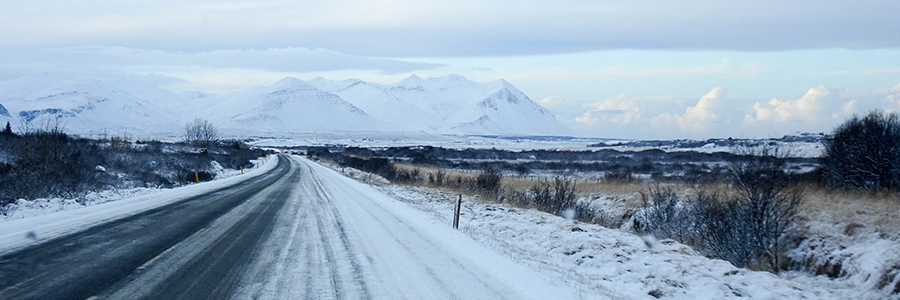Winterizing Your RV With Antifreeze

Winter isn’t the prime season for RV camping. Many owners set their campers aside and wait patiently for the snow to melt. Even hibernating RVs need maintenance and care to make sure they’ll start come springtime. If you’re planning to store your camper for winter, it’s recommended you drain your water systems and flush them with special RV antifreeze. Excess water can freeze and expand, which causes all sorts of problems and damage.
At Country Camping Leisure Products, we know RV owners are waiting for sun and warmth to return, so we put together these tips for winterizing your RV with antifreeze. If you have more questions about winterizing, or you want to check out our great selection of new and pre-owned RVs, come by our Salmon Arm, British Columbia location, near Kelowna and Kamloops.
Disconnect Power and Water
Start by removing any water hookups and turning off any power systems in your RV. You’ll have to bypass the water heater because we don’t want any antifreeze finding its way in there. If your RV doesn’t have a bypass valve installed, you can pick up a kit at your local dealer. Give the owner’s manual a look for instructions for any other components or appliances that hook up to these systems.
Open Faucets and Drains
Turn on all the faucets and open every valve. Don’t forget the toilet and shower! Do the same for the drain lines, and then give the toilet a flush to clear out as much water as you can.
Empty Gray and Black Tanks
All the water tanks should be drained — and it’s a great time to do some cleaning! If you don’t have a flushing system, you can use a water wand and specialized cleaning products. Take an extra minute to check lubrication around the tanks, as well as look for any possible leaks or seal problems.
Blowing It Out
You’ll need an air compressor for this part. Attach a blow out plug to the city water inlet on your RV. Don’t connect it to the fresh water tank! Set the air compressor to 20-25 psi. Anything more than 30 psi will bust the water lines. Connect the air compressor hose to the blow out plug then turn on the compressor. Run it until all water is out of your drain lines. When you’re certain it’s as dry as it can be, turn off the compressor and disconnect the blow plug.
Pour In Some Antifreeze
Don’t just use what you have for your other vehicles. Get antifreeze that’s specifically made for RVs. Pour a quart of your RV antifreeze into the gray and black tanks. Another quart should go in the sinks and shower drains, and put a quart or so in the toilet then flush it. The drains and seals should now be protected and you can shut off all the valves and faucets you opened earlier.
Last Steps
Go back to the water heater and open the drain plug. Wash out any built-up sediment with a water wand and leave the drain plug open. Remember: do not put antifreeze in the heater.
You can also use an internal water pump or external hand pump if you don’t have access to an air compressor. Many of the steps will be the same, you should consult your RV owner’s manual for instructions for your make and model.
Winterizing your RV with antifreeze can be a quick job if you know what you’re doing, but that might not be all the preparation you want to take getting your RV ready for cold weather storage. If you have more questions about winterization, or if you’re after parts and service, head to Country Camping Leisure Products. Our expert staff is proud to serve Salmon Arm, as well as Vernon, British Columbia. We’re your one-stop RV dealer. Come in today!